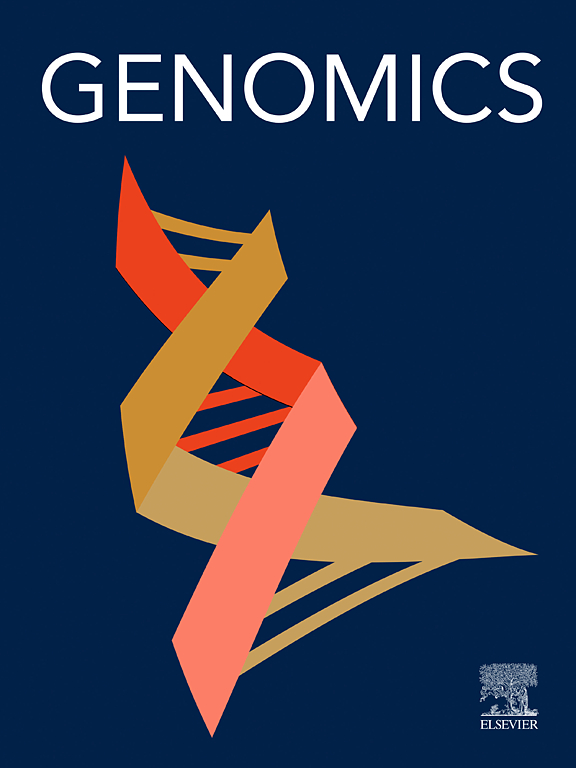中国四个藏猪种群的遗传进化差异分析
IF 3.4
2区 生物学
Q2 BIOTECHNOLOGY & APPLIED MICROBIOLOGY
引用次数: 0
摘要
藏香猪是原产于中国青藏高原的当地饲养的家猪品种。根据地理位置,它们可分为四个不同的群体:四川藏香猪、西藏藏香猪、云南藏香猪和甘肃藏香猪。本研究旨在探讨中国四个国家级自然保护区藏香猪的种群多样性、遗传结构和选择信号。结果表明,藏猪种群间存在不同的杂合度(0.1957-0.1978)。对四个藏猪种群的同种异交率(ROH)进行计算,发现种群内存在近交现象(0.0336-0.0378)。遗传结构分析表明,四个藏猪种群之间存在明显的种群分层,每个种群都呈现出相对独立的进化方向。此外,还利用五种方法(FST、Piratio、ROD、Tajima's D、XP-CLR)对进化轨迹进行了人工选择。结果主要涉及 DNA 修复、免疫调节、肌肉脂肪沉积和缺氧适应等过程。总之,本研究加深了我们对藏香猪种群遗传特征的了解,为藏香猪不同种群间的资源保护提供了理论参考。本文章由计算机程序翻译,如有差异,请以英文原文为准。
Analysis of genetic evolutionary differences among four Tibetan pig populations in China
Tibetan pigs are a locally bred domestic pig breed originating from the Tibetan Plateau in China. They can be categorized into four distinct groups based on their geographical locations: Sichuan Tibetan pigs, Tibetan pigs from Tibet, Yunnan Tibetan pigs, and Gansu Tibetan pigs. This study aimed to explore population diversity, genetic structure and selection signals among Tibetan pigs in four Chinese national nature reserves. The results show that there is different observed heterozygosity among Tibetan pig populations (0.1957–0.1978). Ratio of runs of homozygosity (Froh) calculation of four Tibetan pig populations by runs of homozygosity (ROH) revealed the presence of inbreeding within the population (0.0336–0.0378). Analysis of the genetic structure demonstrated distinct population stratification among the four Tibetan pig populations, with each showing relatively independent evolutionary directions. Furthermore, Five methods (FST, Piratio, ROD, Tajima's D, XP-CLR) were used to artificially select evolutionary trajectories. The results mainly involved processes such as DNA repair, immune regulation, muscle fat deposition and adaptation to hypoxia. In conclusion, this study enhances our understanding of the genetic characteristics of Tibetan pig populations and provides a theoretical reference for the conservation of resources across different populations of Tibetan pigs.
求助全文
通过发布文献求助,成功后即可免费获取论文全文。
去求助
来源期刊

Genomics
生物-生物工程与应用微生物
CiteScore
9.60
自引率
2.30%
发文量
260
审稿时长
60 days
期刊介绍:
Genomics is a forum for describing the development of genome-scale technologies and their application to all areas of biological investigation.
As a journal that has evolved with the field that carries its name, Genomics focuses on the development and application of cutting-edge methods, addressing fundamental questions with potential interest to a wide audience. Our aim is to publish the highest quality research and to provide authors with rapid, fair and accurate review and publication of manuscripts falling within our scope.
 求助内容:
求助内容: 应助结果提醒方式:
应助结果提醒方式:


